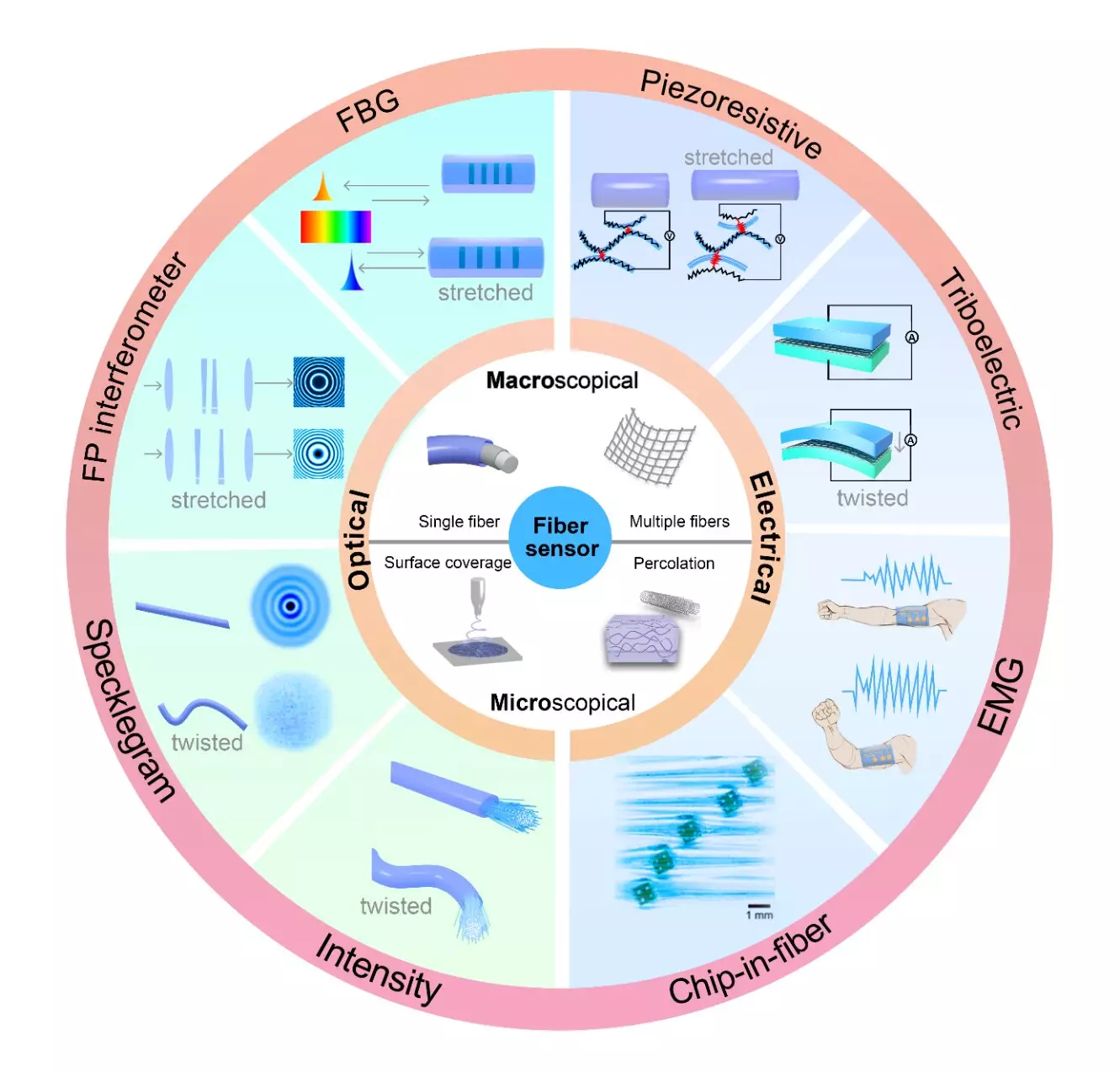In recent years, the progression of artificial intelligence (AI) has significantly advanced the capabilities of wearable devices, enabling them to handle intricate data with remarkable efficiency. A central player in this transformation is machine learning, especially its subset deep learning. These AI techniques automate the extraction of data features from vast datasets, which is particularly vital in an era characterized by an abundance of information. This article explores the current landscape of fiber sensors, their classification based on operational principles and sizes, and the potential impact of machine learning advancements on enhancing their functionality.
Recent research has categorized various machine learning algorithms utilized alongside fiber sensors. These fall into two broad categories: traditional machine learning and deep learning algorithms. Notable traditional algorithms include linear regression (LR), k-nearest neighbors (KNN), support vector machines (SVM), random forests, and K-means clustering. These methods have shown efficacy in processing single data types. The findings, published in the journal Advanced Devices & Instrumentation, highlight the foundational role these algorithms play in the development of smarter wearable technology.
Fiber sensors, which offer a compelling alternative to conventional electronic devices for daily wear, are categorized based on their operational principles: optical and electrical. Optical sensors include fiber Bragg gratings (FBG), Fabry-Pérot interferometers, and light intensity sensors, while electrical sensors encompass piezoresistive, triboelectric, surface electromyography (EMG), and chip-in-fiber sensors. The integration of machine learning into these fibers paves the way for their application in smart clothing, providing enhanced functionality for everyday tasks.
Despite the promising integration of machine learning with fiber sensors, significant challenges remain. A major limitation is the prevalent focus on single-signal data acquisition, primarily concerning mechanical forces and deformations, such as in pressure-based gesture recognition gloves. However, there exists a wealth of other relevant data—like light intensity, temperature, humidity, and surface characteristics—that is often overlooked. This highlights a critical gap in the development of multifunctional fiber sensors that can capture a diverse range of environmental and physiological signals.
Moreover, the field of machine learning is continuously evolving, with newer algorithms such as reinforcement learning, generative adversarial networks (GAN), self-supervised learning, and attention mechanisms gaining traction. Unfortunately, their applications within fiber sensor technology remain rare. Increasing research in these cutting-edge areas holds the potential to revolutionize wearable devices, rendering them not only smarter but also more comfortable and efficient for users.
As research progresses and innovations unfold, the future of wearable devices incorporating fiber sensors and advanced AI algorithms looks bright. By harnessing the capabilities of modern machine learning techniques and expanding the functional capacities of fiber sensors, we can anticipate a new generation of intelligent, user-friendly solutions that seamlessly integrate into daily life. The journey toward fully realizing the potential of AI in wearable technology necessitates addressing current limitations while fostering innovation and exploration in this promising field.


Leave a Reply